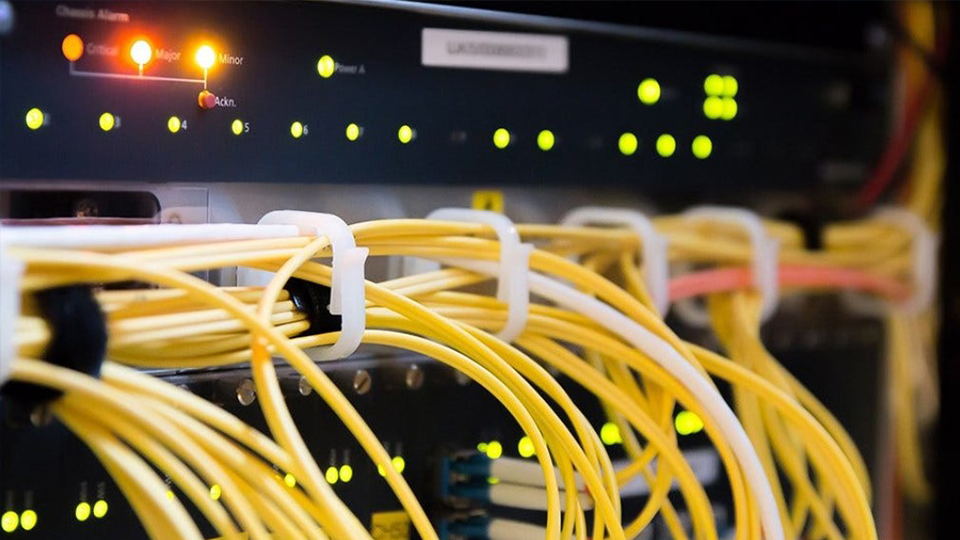Feds approve initial Hoosier internet grant application
Subscriber Benefit
As a subscriber you can listen to articles at work, in the car, or while you work out. Subscribe Now
Indiana’s initial application for its $868 million share of a national “Internet for All” program has won approval, federal officials announced Monday in a joint call with Hoosier officials.
The initiative, dubbed the Broadband Equity Access and Deployment (BEAD) program, was created in the Bipartisan Infrastructure Law. President Joe Biden’s administration has called the $42 billion program the largest internet funding announcement in history.
“The internet is now the essential tool for communications in our modern world, and yet here we are in 2024 and there are still thousands and thousands of homes across Indiana … where you cannot get good, high speed, reliable internet service,” said Alan Davidson, leader of the National Telecommunications and Information Administration (NTIA).
“We’ve been talking about the digital divide in this country for over 25 years, and now, thanks to the Bipartisan Infrastructure Law, we finally have the resources to do something serious about it,” Davidson continued.
The approval “unlocks” Indiana’s share of the funding, Indiana Chief Broadband Officer Steve Cox told reporters.
“We’re ready to get busy,” Gov. Eric Holcomb added.
A challenge process — in which Hoosiers and internet service providers can challenge or defend an area’s classification as unserved or underserved — ends July 15. Indiana’s broadband service map will change, Cox said, once the state submits its findings to the NTIA and wins approval.
His office will prioritize areas considered unserved: where speeds are too low to access the internet or where satellite is residents’ only option. Areas considered underserved are next.
Cox said his office aims to begin picking subgrantees — the internet service providers that will build the new infrastructure — in the fall. Awards could be announced before the end of the year.

“The flow of the dough will be hitting go yet this year,” Holcomb quipped.
But it’s unclear how quickly Hoosiers with no or bad internet could start seeing improvements.
Some areas of the state will be easier to connect.
“Some of the timeframe, as to how quickly (subgrantees) get those built out will probably depend more on on the individual (internet service providers) and the resources they have, and specifically what areas they begin building out,” Cox said.
Parts of Southern Indiana, he noted, have limestone and bedrock close to the ground surface, which makes it harder and more expensive to add broadband infrastructure.
Holcomb’s administration has already spent about $600 million on broadband through its Next Level Connections and Indiana Connectivity programs. The efforts leveraged hundreds of millions more dollars from local units of government and the private sector.
“When you add that all up, we’ve invested over a billion dollars of state and local, and private sector, skin in the game,” Holcomb said. “Now along comes this $868 million federal investment and … we’re going to put it to good use.”
Holcomb is term-limited, and will be out of office at the turn of the year. The federal program, however, will continue.
“That work will go on, which is a real strength, knowing that work will go on for another steady three or four years,” he said.
